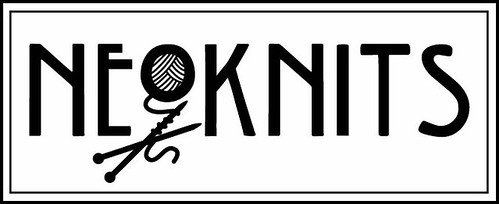When we last left off, I had explained a little bit about the math that needed to be done to get me up to the waist point. I also had to make a decision about the chest and if I wanted to decrease or increase at this point.
I decided to increase for the bust and I changed a few measurements around. So here's the updated schematic:
 For the bust to measure 18", I need 99 sts. There are 95 sts on my needle, so I need to increase 4 sts total - 2 sts on each side (99-95=4, 4/2=2). Now I just need to figure out the spacing of those increases.
For the bust to measure 18", I need 99 sts. There are 95 sts on my needle, so I need to increase 4 sts total - 2 sts on each side (99-95=4, 4/2=2). Now I just need to figure out the spacing of those increases.I have 2 increases to make and 24 rows to work them. To keep a nice slope, you need to space the increases out evenly or your side seams can look a bit odd. In this case, since I only have 2 sts to increase and it's actually pretty easy to figure out. I increase the 1st stitch after completing 15" of the body, then I increase 1 stitch more 24 rows later.
 Not too much math involved on the increases on this sample, but what if I wanted to increase more stitches over the same 3"?
Not too much math involved on the increases on this sample, but what if I wanted to increase more stitches over the same 3"? Just for example's sake, let's say I needed 4 increases on each side instead of 2 and had the same 24 rows to work with. I would divide 24 rows into 3 intervals (space between each inc) and would get 8. So I would need to increase 1 stitch every 8 rows 4 times. This works out perfectly and each increase is on the right side (since it's an even number). It doesn't always work out so easily and sometimes the numbers need to be fudged a bit, but we'll leave that for a later lesson - like the neck decreases.
Just for example's sake, let's say I needed 4 increases on each side instead of 2 and had the same 24 rows to work with. I would divide 24 rows into 3 intervals (space between each inc) and would get 8. So I would need to increase 1 stitch every 8 rows 4 times. This works out perfectly and each increase is on the right side (since it's an even number). It doesn't always work out so easily and sometimes the numbers need to be fudged a bit, but we'll leave that for a later lesson - like the neck decreases.Next up: shaping the underarm seams and shoulder decreasing




































1 comment:
So cool to see the sweater come into being from the other angle... Thanks for explaining the math in such a straightforward way. (definitely not my strong suit but this makes total sense!)
Hope work gets a little less stressful soon!
Post a Comment